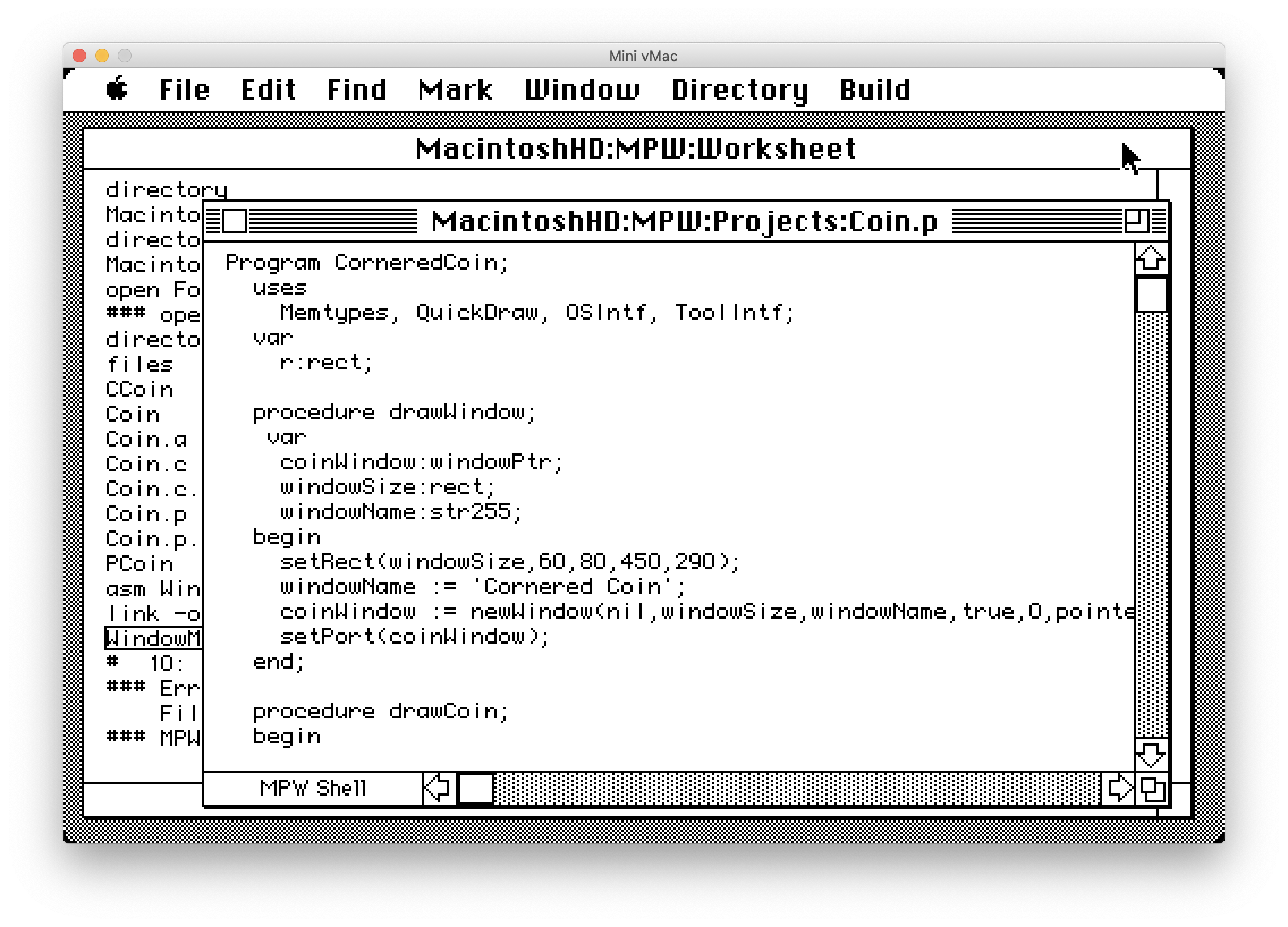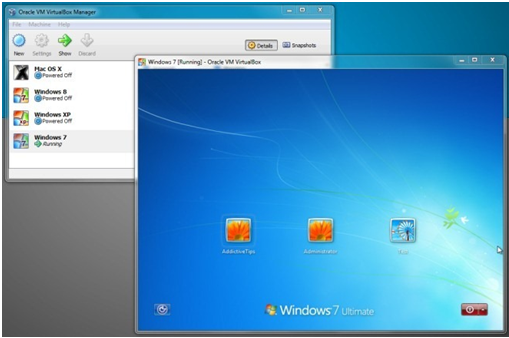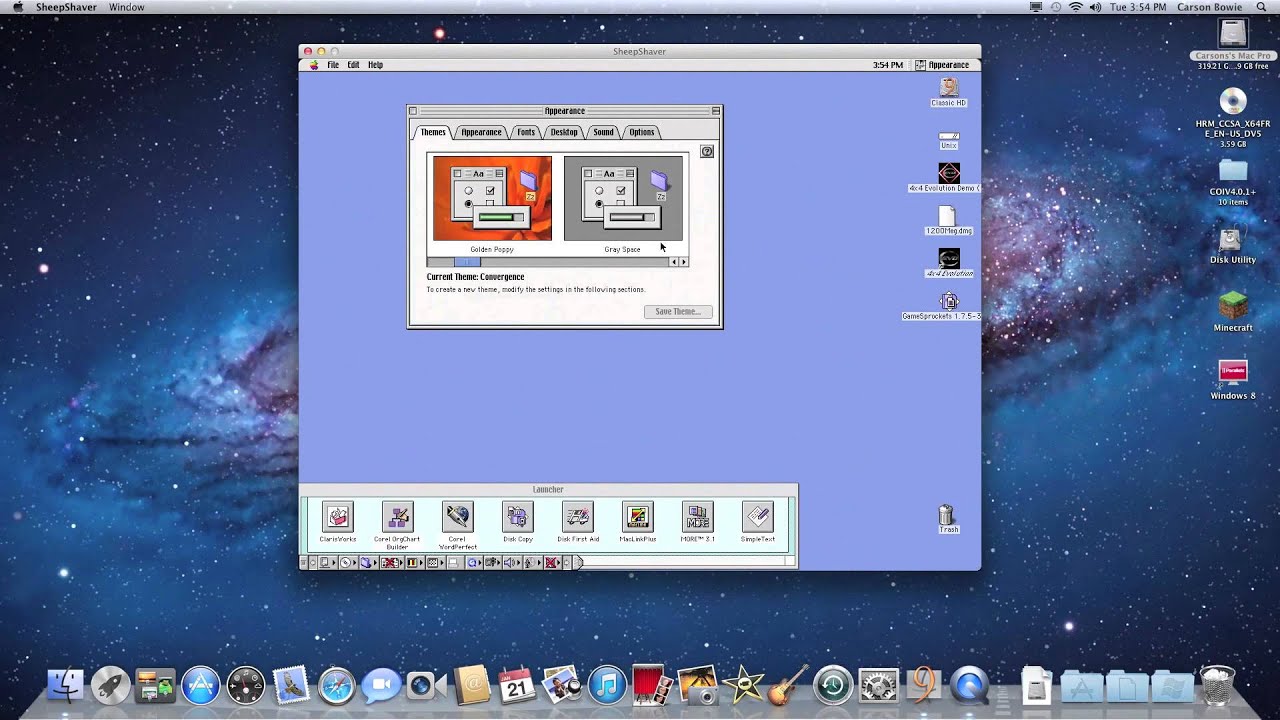

- #Classic mac os emulator how to
- #Classic mac os emulator mac os x
- #Classic mac os emulator archive
- #Classic mac os emulator full
- #Classic mac os emulator software
Post navigationĭisquisition on Virtualisation vs.

It occurred to me that I could make a HyperCard stack to do the same thing for Mini vMac. I noted that the Basilisk emulator has a Preferences screen to alter the configuration of the emulation. That way I could try out a Mac SE with the original 512 x 342 pixel screen, or a 1024 x 800 pixel Mac SE FDHD, or a colour Mac II. I ended up downloading the source code of the project and repeatedly generating minivmac binaries for differing configurations, then renaming the resulting binary to a name corresponding to the configuration.

It’s these options that permit you to select things like target operating system, model of Mac to emulate, screen size, etc. The mini vMac project provides open source code that allows you to compile the minivmac application using differing command line options. But sometimes I like that tiny Mac SE window too.
#Classic mac os emulator full
I generally run 1200 x 900 in full colour, as on a Macintosh II with 8MB of memory. If that seems a bit cramped, it’s possible to modify the screen size. The above screenshots are from that originally-sized 512 by 342 pixel Mac SE screen, the way things were in 1986. Once the emulator has started you’ll see the Mac icon waiting for a startup disk:
#Classic mac os emulator mac os x
On Mac OS X you’d put the minivmac application in the Applications directory, along with the ROM file. I generally work on a Linux machine so I built some executables for Linux. Once you have an executable and a ROM, place them in the same directory and start the executable. Download Old_World_Mac_Roms (49MB) from the All Macintosh Roms page at the Macintosh Repository.Download Macintosh ROMs (5.6MB) from Macintosh-ROMs on github.
#Classic mac os emulator archive
#Classic mac os emulator software
It also had 128K of ROM (Read Only Memory) that contained all the core software that made it a Macintosh. That original Mac Plus had a whopping 1MB of RAM (Random Access Memory), upgradable to 4MB.
#Classic mac os emulator how to
I’ll describe below how to do this using the Mini vMac emulator, created as part of Paul C. Okay, I assume you’re reading this because you have some interest in emulating a vintage Mac on your own computer. In fact, the emulator has to deliberately delay execution of machine instructions to run slow enough not to alter the behaviour of the emulated Mac. Point is, it’s not remotely taxing a contemporary computer (even a tiny computer like a Raspberry Pi) to emulate a vintage Macintosh. My HP laptop has an 8 processor 1.8 GHz Intel i7 CPU running at around 54 BIPS (maxes out at 61 BIPS). That almost sounds fast until you compare it to my 7 year old iPhone 5, which runs at 20,000 MIPS or 20 Billion Instructions Per Second. Released in 1986, the original Macintosh Plus could execute 700,000 instructions per second, or 0.7 MIPS (Million Instructions Per Second). ( 1 | 2 | 3 | Vintage Macintosh Resources ) This article is the third in a multi-part series related to the vintage Macintosh computers of the late 1980s, and why old software needn’t die, even if it is abandoned by its creators.


 0 kommentar(er)
0 kommentar(er)
